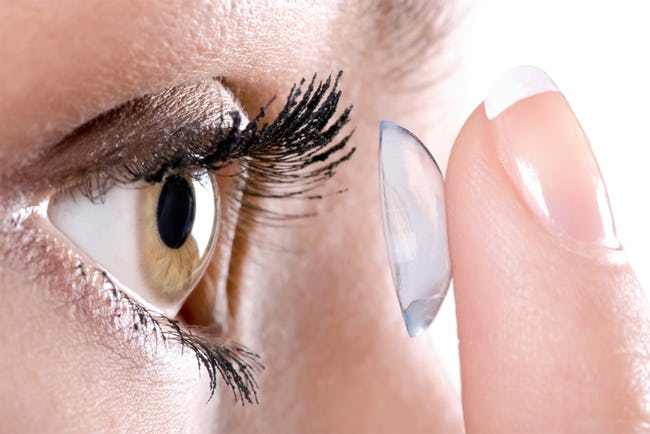Written by: American College of Acupuncture and Oriental Medicine
Acupuncture involves the stimulation of specific pressure points around the human body, with the goal of alleviating patient discomfort. Acupuncture primarily uses needles, but lasers and other heat sources may also act as substitutes. It’s a traditional practice in China, thought to correct imbalances in the flow of energy throughout our bodies. Though it has not always been an accepted form of medicine, acupuncture is a legitimate form of therapy today that requires a healthcare management degree.
History
Acupuncture began in medieval China, but the precise start date is unknown. There are sculptures and paintings documenting the process that date back to 1100 B.C., and there is some evidence suggesting it was practiced in conjunction with moxibustion. Both practices were thought to improve the flow of “qi,” or spiritual energy, throughout the body. Acupuncture today is the subject of intense scientific study, and doctors can become a master of healthcare administration in pursuit of this study. Gone are the ideas behind qi, but there is real merit to be found in this type of therapy.
Techniques
Treatment begins in a medical office, where the patient’s skin is sterilized with alcohol. Needles are then inserted at specific points on the body, where the practitioner then manipulates the needle. Sometimes the needle will be plucked, or twisted. Other times the doctor may flick or move the needle. This is done to unblock pathways in the body. Most doctors use a quick insertion method, which lowers the pain and discomfort the patient experiences during the process.
Certification
Highly trained acupuncturists have great skill in applying the treatment. They may be able to insert needles without the patient feeling a thing, or they may practice a technique that helps the patient faster. A health administration degree is available online, or at many campuses within the continental US. The student learns how to interact with the patient, how to diagnose according to Western medical practices, and how to work in conjunction with the patient’s medical doctor to administer treatment.
Final Thoughts
Acupuncture is a highly regulated field today, with a lot of emphasis place on patient care. Today’s acupuncturists work in tandem with medical practitioners for a holistic approach to patient care. Acupuncture may not cure cancer, for instance, but it can help cancer patients find some form of momentary respite from the constant pain they suffer.


